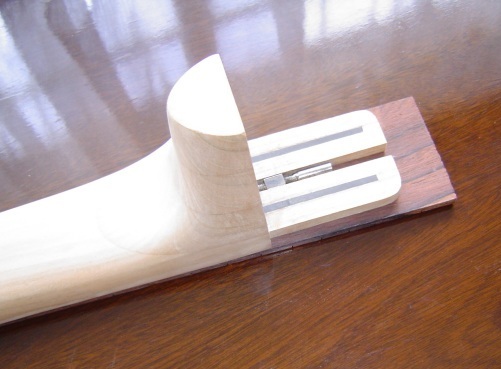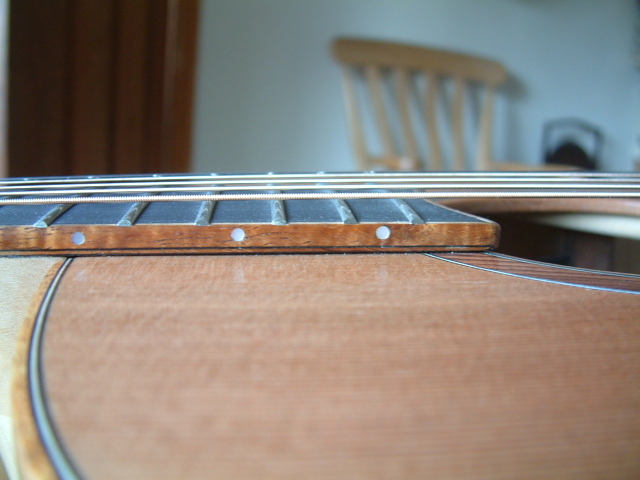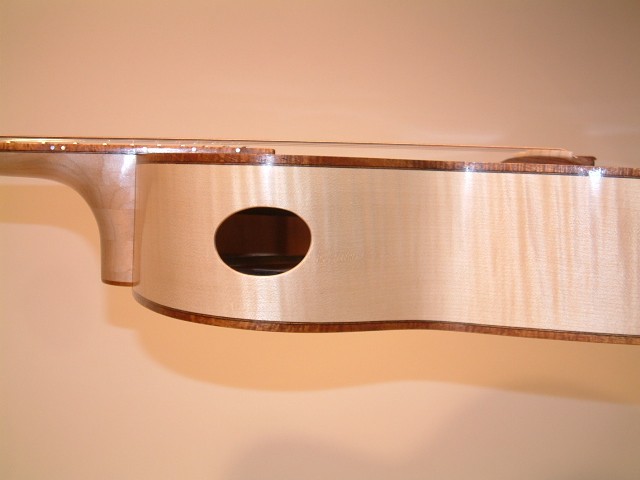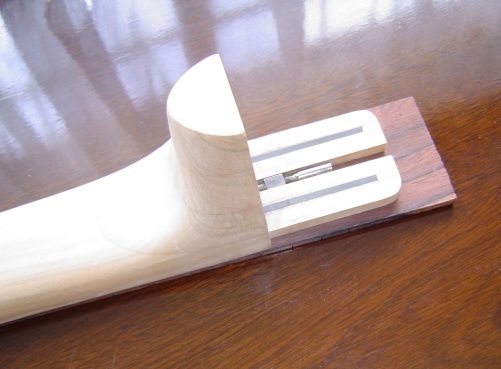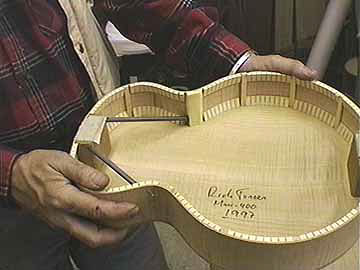There are a number of builders doing this - Rick Turner to name just one example - and, like almost anything we might dream up, the concept is not new. So, there are good sources of design ideas out there.
I'm building two instruments right now with adjustable necks and elevated fretboards with "floating" tongues. My fretboard tongue will be supported by an extension of the neck, not just carbon rods or something. I haven't actually decided yet if the carbon rods in the neck will extend into the area under the fretboard tongue. Probably will, though the truss rod will not. The fretboard is substantially elevated over the top in the upper bout area, as the top angles downward from the tail block to the neck block, giving me a "negative" neck angle.
If these were normal shaped guitars (they're not), I would tie the neck block in to the waist with rigid internal structural members of some sort. On a normal guitar, the fretboard tongue, bearing on the heavy structural braces in the upper bout, plays a key role in keeping that area of the guitar from collapsing under string tension. If you take that away, you've got to replace it with an alternative structure.
The way my life is these days, my progress on these instruments is very slow, but I will post some pics at some point.Todd Rose39088.6928819444
|
